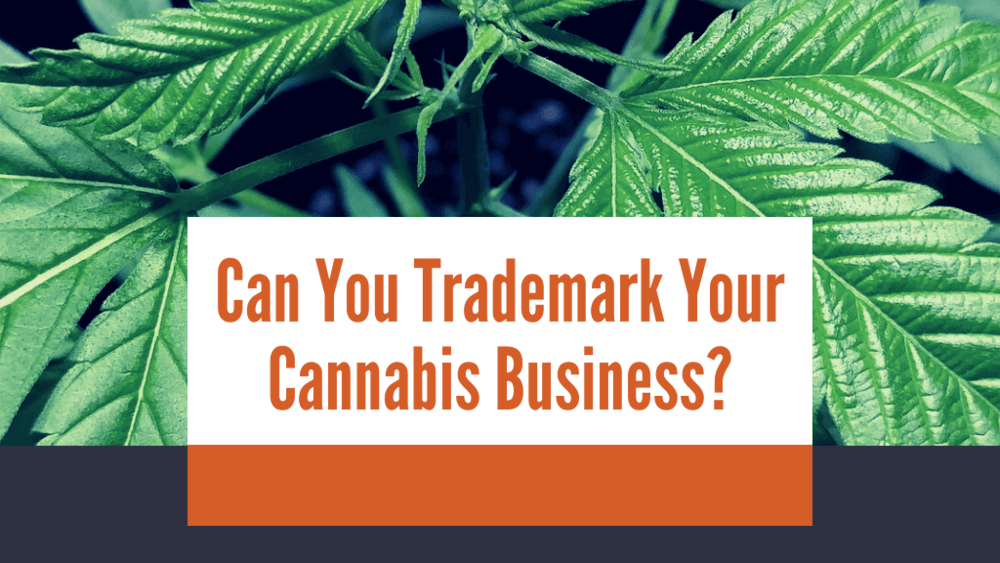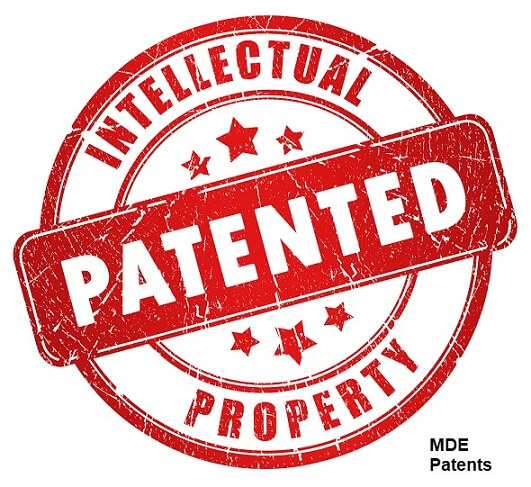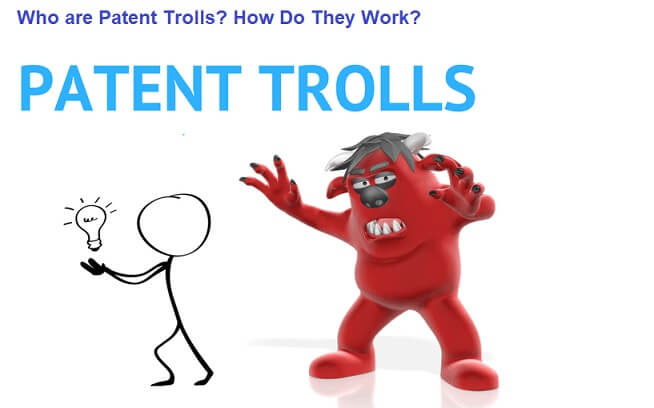- Home
- /
- Author: mdepatents
- /
- Page 2
10 Patents That Shaped the Intellectual Property World
Laws that come into order – or laws that are abolished – can have a massive impact on society and the way the world functions. But did you know that this is also applicable to intellectual property? Did you know that there are certain cases of intellectual property and patents that have also shaped the world in a permanent way?
MDE Patents has compiled a list of ten patents that are popular, and have shaped the current world:
1. Dropbox
Filed ten years ago, this patent by MIT alumni Houston and Ferdowski detailed the concept of cloud-based file sharing. Dropbox’s patent described a synchronized manner in which files could be stored online, and multiple users could share them and view multiple versions of the file. Today, Dropbox’s methods are the base for multiple independent creators, personal logs, and businesses.
2. Zynga
Zynga’s name brings to mind the image of mobile based gaming, and multi-player adventures. That is exactly what their patent anticipated, too. Filed in late 2008, Zynga’s vice president detailed a patent for gaming technology where characters and character teams had the ability to challenge other players based on characteristics in the profile. It was a concept that took off with an unprecedented vertical growth, and changed the casual gaming world forever.
3. GoPro
GoPro is such a known name among videographers, travelers, and adventurers that it has almost become a verb instead of a noun. While the concept of recording one’s trip or tricks is not a new one (having been done since the invention of portable cameras), GoPro patented their special harness in early 2004. It detailed the invention as a camera holder that would allow the fixing of a camera on one’s body, which would not dislodge during any activity. While their cameras are more known now, that patented harness is what launched their entire brand value.
4. NASA
NASA patented their weather prediction technology in 2016, in the hopes of preventing future disasters that cost loss of lives, property, and millions of dollars of damage. The earthquake predictive equipment can detect shifts in tectonic activity by measuring fluctuations in magnetic fields. The use of such technology could also change meteorology reports and navigation systems.
5. Walmart
The supermarket chain could not have predicted creating a world-changing patented technology, but it did. Filing a patent for robotic bees, Walmart intends to create a positive effect on the otherwise endangers agricultural industry. The drones are said to be able to identify crops and pollinate them – something that could be potentially lifesaving given the endangered status of bees worldwide.
6. Samsung
A tech giant like Samsung no doubt has multiple patented ideas – and some patent disputes as well. But their healthcare technology takes the cake. Although not the first automated surgical device, the Samsung surgical robot had higher mobility, greater articulation, and an endoscopic camera – all steps forward in the future of medical technology.
7. Crown Cork
An old one but a golden one. The Crown Cork patent by William Painter was nothing short of revolutionary, in that it preserved the fizz and freshness of carbonated drinks in their glass bottles. You can thank Painter for the bubbliness of your soda, or the lack of flat beer when you take it out of the fridge.
8. Kelloggs
A staple to all diets, Kelloggs’ cereal patent is another classic. The patent is technically on flaked cereal, an accidental discovery by John Harvey Kellogg when he forgot to properly store a wheat dough slab. Today, it is one of the most consumed and varied forms of breakfast foods.
9. Marshall
Paul Marshall patented the technology for virtual reality in 2000 in order to analyze financial data, and create improved outputs. Today, two decades later, VR has become a staple icon of futuristic technology. From games to apps, healthcare, and even research – the world has taken the VR concept and transformed it into something new.
10. Apple
Nothing spells transformation like the iPhone. Apple’s cellular device is now a household name, from its software and interface, to its design and name. Funnily enough, the original patent description wouldn’t help you recognize it as the signature iPhone. It was simply for an electronic, handheld device. Nonetheless, it was a game changer in global, private communication.
Visit our website to discover more such interesting pieces of information and exhaustive knowledge on the patent industry.
About The Author

Protect your invention in the USA by obtaining a patent and trademark now from an attorney. Affordable prices and highest success rate from MDE Patents.
Share With Your Friends

Top 10 Things To Know Before Trademarking Cannabis/Hemp Products
Hemp and Marijuana products, till some time ago, fell under the illegal category and were lawfully not in the space of trademark, patent or intellectual

Pandemic: How to Patent PPE Kits in the midst of the COVID-19 Crisis
We are amidst an unprecedented health crisis that has impacted the entire world. The massive numbers infected with COVID-19 saw a sudden rise in demand

Innovating During a Crisis: Patentable Inventions
A crisis – particularly a prolonged on – is not an easy time for creators anywhere. The harsh pressures of the community concerns can make






